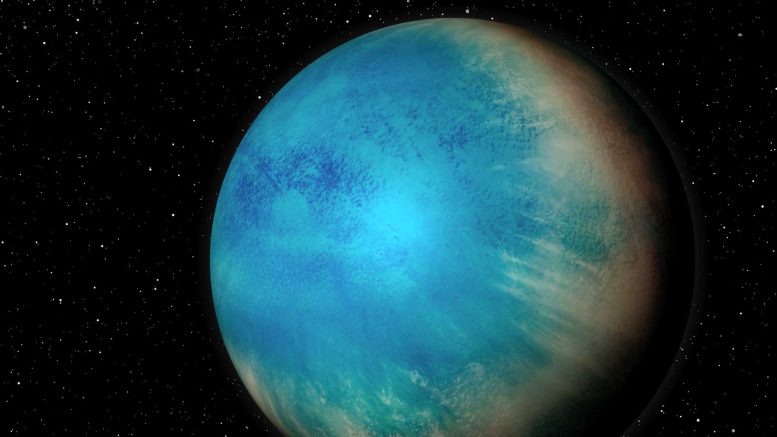
Artistic rendition of the exoplanet TOI-1452 b, a small planet that may be entirely covered in a deep ocean. Credit: Benoit Gougeon, Université de Montréal
With the help of instruments designed partly in Canada, a team of astronomers has discovered an exoplanet that could be completely covered in water.
An international team of scientists has announced the discovery of TOI-1452 b, an exoplanet orbiting one of two small stars in a binary system located in the Draco constellation about 100 light-years from Earth. The researchers were led by Charles Cadieux, a Ph.D. student at the Université de Montréal and member of the Institute for Research on Exoplanets (iREx).
With a size and mass slightly greater than that of Earth, the exoplanet is located at a distance from its star where its temperature would be neither too hot nor too cold for liquid water to exist on its surface. The astronomers believe it could be an “ocean planet,” a planet completely covered by a thick layer of water. This would make it similar to some of the moons of Jupiter and Saturn.
Cadieux and his team describe the observations that elucidated the nature and characteristics of this unique exoplanet in an article published on August 12 in The Astronomical Journal.
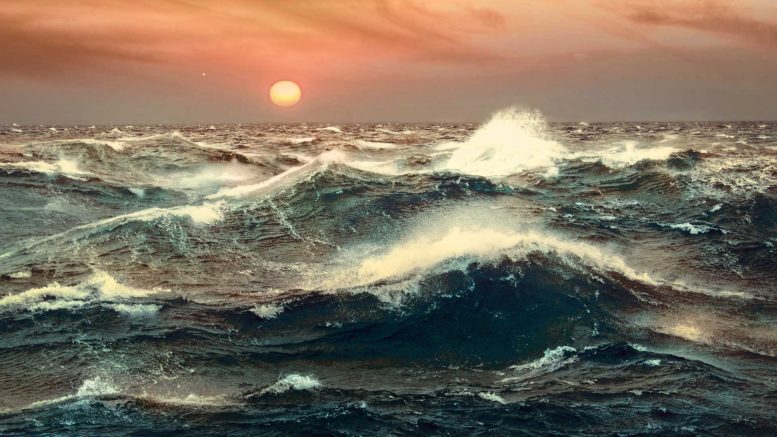
Artistic representation of the surface of TOI-1452 b, which could be an “ocean planet”, i.e. a planet entirely covered by a thick layer of liquid water. Credit: Benoit Gougeon, Université de Montréal
“I’m extremely proud of this discovery because it shows the high calibre of our researchers and instrumentation,” said René Doyon, Université de Montréal Professor and Director of iREx and of the Observatoire du Mont-Mégantic (OMM). “It is thanks to the OMM, a special instrument designed in our labs called SPIRou, and an innovative analytic method developed by our research team that we were able to detect this one-of-a-kind exoplanet.”
It was NASA’s space telescope TESS, which surveys the entire sky in search of planetary systems close to our own, that put the astronomers on the trail of this exoplanet. Based on the TESS signal, which showed a slight decrease in brightness every 11 days, scientists predicted a planet about 70% larger than Earth.
Charles Cadieux belongs to a group of astronomers that does ground follow-up observations of candidates identified by TESS in order to confirm their planet type and characteristics. He uses PESTO, a camera installed on the OMM’s telescope that was developed by Université de Montréal Professor David Lafrenière and his Ph.D. student François-René Lachapelle.
An international team of astronomers has discovered an exoplanet that could be completely covered in water. Credit: Benoit Gougeon, Université de Montréal
“The OMM played a crucial role in confirming the nature of this signal and estimating the planet’s radius,” explained Cadieux. “This was no routine check. We had to make sure the signal detected by TESS was really caused by an exoplanet circling TOI-1452, the largest of the two stars in that binary system.”
The host star TOI-1452 is much smaller than our Sun and is one of two stars of similar size in the binary system. The two stars orbit each other and are separated by such a small distance — 97 astronomical units, or about two and a half times the distance between the Sun and Pluto — that the TESS telescope sees them as a single point of light. But PESTO’s resolution is high enough to distinguish the two objects, and the images showed that the exoplanet does orbit TOI-1452, which was confirmed through subsequent observations by a Japanese team.
Ingenuity at work
To determine the planet’s mass, the astronomers then observed the system with SPIRou, an instrument installed on the Canada-France-Hawaii Telescope in Hawai’i. Designed in large part in Canada, SPIRou is ideal for studying low-mass stars such as TOI-1452 because it operates in the infrared spectrum, where these stars are brightest. Even then, it took more than 50 hours of observation to estimate the planet’s mass, which is believed to be nearly five times that of Earth.
Étienne Artigau and Neil Cook, researchers also with iREx at the Université de Montréal, played a key role in analyzing the data. They developed a powerful analytic method capable of detecting the planet in the data collected with SPIRou. “The LBL method [for line-by-line] allows us to clean the data obtained with SPIRou of many parasite signals and to reveal the weak signature of planets such as the one discovered by our team,” explained Artigau.
The team also includes Quebec researchers Farbod Jahandar and Thomas Vandal, two Ph.D. students at the Université de Montréal. Jahandar analyzed the host star’s composition, which is useful for constraining the planet’s internal structure, while Vandal was involved in analyzing the data collected with SPIRou.
A watery world
Although the exoplanet TOI-1452 b is probably rocky like Earth, its radius, mass, and density suggest a world very different from our own. Earth is essentially a very dry planet. Even though we sometimes call it the Blue Planet because about 70% of its surface is covered by ocean, water actually only makes up a negligible fraction of its mass — less than 1%.
Water may be much more abundant on some exoplanets. In recent years, astronomers have identified and determined the radius and mass of many exoplanets with a size between that of Earth and Neptune (about 3.8 times larger than Earth). Some of these planets have a density that can only be explained if a large fraction of their mass is made up of lighter materials than those that make up the internal structure of the Earth such as water. These hypothetical worlds have been dubbed “ocean planets.”
“TOI-1452 b is one of the best candidates for an ocean planet that we have found to date,” said Cadieux. “Its radius and mass suggest a much lower density than what one would expect for a planet that is basically made up of metal and rock, like Earth.”
The University of Toronto’s Mykhaylo Plotnykov and Diana Valencia are specialists in exoplanet interior modeling. Their analysis of TOI-1452 b shows that water may make up as much as 30% of its mass, a proportion similar to that of some natural satellites in our Solar System, such as Jupiter’s moons Ganymede and Callisto, and Saturn’s moons Titan and Enceladus.
To be continued…
An exoplanet such as TOI-1452 b is a perfect candidate for further observation with the James Webb Space Telescope, or Webb for short. It is one of the few known temperate planets that exhibit characteristics consistent with an ocean planet. It is close enough to Earth that scientists can hope to study its atmosphere and test this hypothesis. And, in a stroke of good fortune, it is located in a region of the sky that the telescope can observe year-round.
“Our observations with the Webb Telescope will be essential to better understanding TOI-1452 b,” said Doyon who overviewed the conception of James Webb’s component Near Infrared Imager and Slitless Spectrograph (NIRISS). “As soon as we can, we will book time on Webb to observe this strange and wonderful world.”
Reference: “TOI-1452 b: SPIRou and TESS reveal a super-Earth in a temperate orbit transiting an M4 dwarf” by Charles Cadieuxg, René Doyon, Mykhaylo Plotnykov, Guillaume Hébrard, Farbod Jahandar, Étienne Artigau, Diana Valencia, Neil J. Cook, Eder Martioli, Thomas Vandal, Jean-François Donati, Ryan Cloutier, Norio Narita, Akihiko Fukui, Teruyuki Hirano, François Bouchy, Nicolas B. Cowan, Erica J. Gonzales, David R. Ciardi, Keivan G. Stassun, Luc Arnold, Björn Benneke, Isabelle Boisse, Xavier Bonfils, Andrés Carmona, Pía Cortés-Zuleta, Xavier Delfosse, Thierry Forveille, Pascal Fouqué, João Gomes da Silva, Jon M. Jenkins, Flavien Kiefer, Ágnes Kóspál, David Lafrenière, Jorge H. C. Martins, Claire Moutou, J.-D. do Nascimento Jr., Merwan Ould-Elhkim, Stefan Pelletier, Joseph D. Twicken, Luke G. Bouma, Scott Cartwright, Antoine Darveau-Bernier, Konstantin Grankin, Masahiro Ikoma, Taiki Kagetani, Kiyoe Kawauchi, Takanori Kodama, Takayuki Kotani, David W. Latham, Kristen Menou, George Ricker, Sara Seager, Motohide Tamura, Roland Vanderspek and Noriharu Watanabe, 12 August 2022, The Astronomical Journal.
DOI: 10.3847/1538-3881/ac7cea
The article was published on August 12, 2022, in The Astronomical Journal. In addition to Charles Cadieux, René Doyon, Étienne Artigau, Neil Cook, Farbod Jahandar and Thomas Vandal at the Université de Montréal’s iREx, the research team includes Nicolas B. Cowan (iREx, MSI, McGill, Canada); Björn Benneke, Stefan Pelletier and Antoine Darveau-Bernier (iREx, UdeM, Canada); Ryan Cloutier, former member of iREx (Harvard, U.S.); and co-authors from University of Toronto, France, Brazil, the United States, Japan, Spain, Switzerland, Portugal, Hungary, Germany, and Crimea.

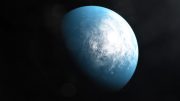
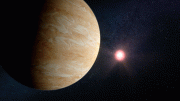
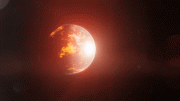
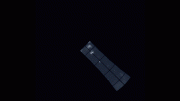
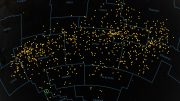
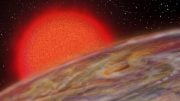
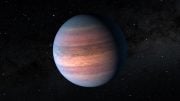
Wow! An exoplanet! Only 100 light years away! 100% Water! When does the next shuttle leave!? I’m waxing down my Surfboard. I can’t wait ’til June… 2525.
Amazing! The stuff of Science Fiction!
I know of another planet, much closer to home. It’s ONLY 80% water. Breathable air. Moderate temperatures. Friendly Sun Star. A Moon to light the night. Abundant variety of Life forms. A balanced Ecosystem.
Only one problem: It is inhabited by CREATURES called Humans, some of whom seem intent upon destroying it. It’s taken only 600 years to seriously compromise their planet’s health and challenge its ability to heal itself.
A stark example: EVERY Ocean is polluted. Coastal areas are choked with garbage and Human and industrial waste, and stripped clean of life. SEVEN (count them) Oceans, each on the decline!
ONE significant observation: Each These Oceans play host to a VORTEX of GARBAGE… You get the picture.
They call this wholesale destruction PROGRESS, and the Mindless mechanism PROFIT. They barter Insanity against Responsibility with a dubious Medium of “Exchange” called MONEY. Their ambitions and their destructive methodologies are codified. They call their codified ignorance SCIENCE and worship a god called AI, claiming both will save them from the consequences of their INSANITY: A self-sustaining DELUSION. They most resemble a Pathogen on their Planet called a Virus. And have Turned their jaundiced eye to the STARS in search of another World to infect… Contented and confident in their Deus ex Machina.
Science FICTION? No… SCIENCE FANTASY.
Sincerely,
Mister Smith
God in the Machine, Retired
Right on. . The secret is out. Being right will not change the colony of life forms. The ones that keep looking up. Those extinction from outside asteroids n those who fell far below authority. WW1 or 2all conflicts before n after. Exoplanet. Christopher Columbus here who is qualified here we come…..
Alex- you my friend are awesome and as much as im intrigued about a planet 100 light years away with lots and lots of water I would rather see a report on what you speak because that right there is what is relevant and happening. Open your eyes people of this planet! #OpenYourEyes #Osiris414
Hope you can tread water for a long time.
Alex- you my friend are awesome and as much as im intrigued about a planet 100 light years away with lots and lots of water I would rather see a report on what you speak because that right there is what is relevant and happening. Open your eyes people of this planet! #OpenYourEyes #Osiris414
Pure BS
Humans are so busted.
Sad but very true….Main focus should 100% be this planet first and foremost.It can’t just be brushed under the rug forever….WE ALL must do are part in saving are beautiful planet.PLEASE BEFORE IT IS TO LATE.